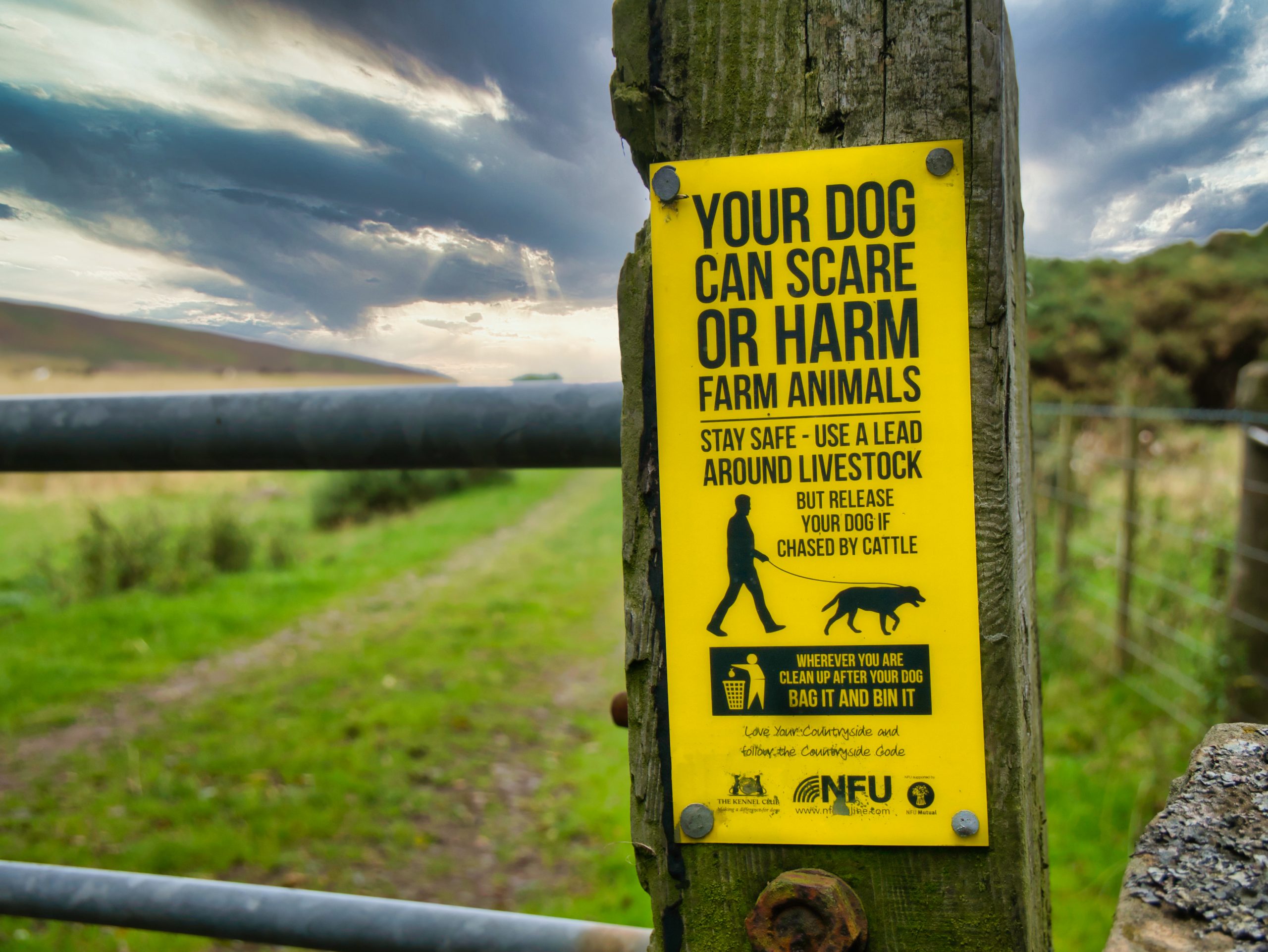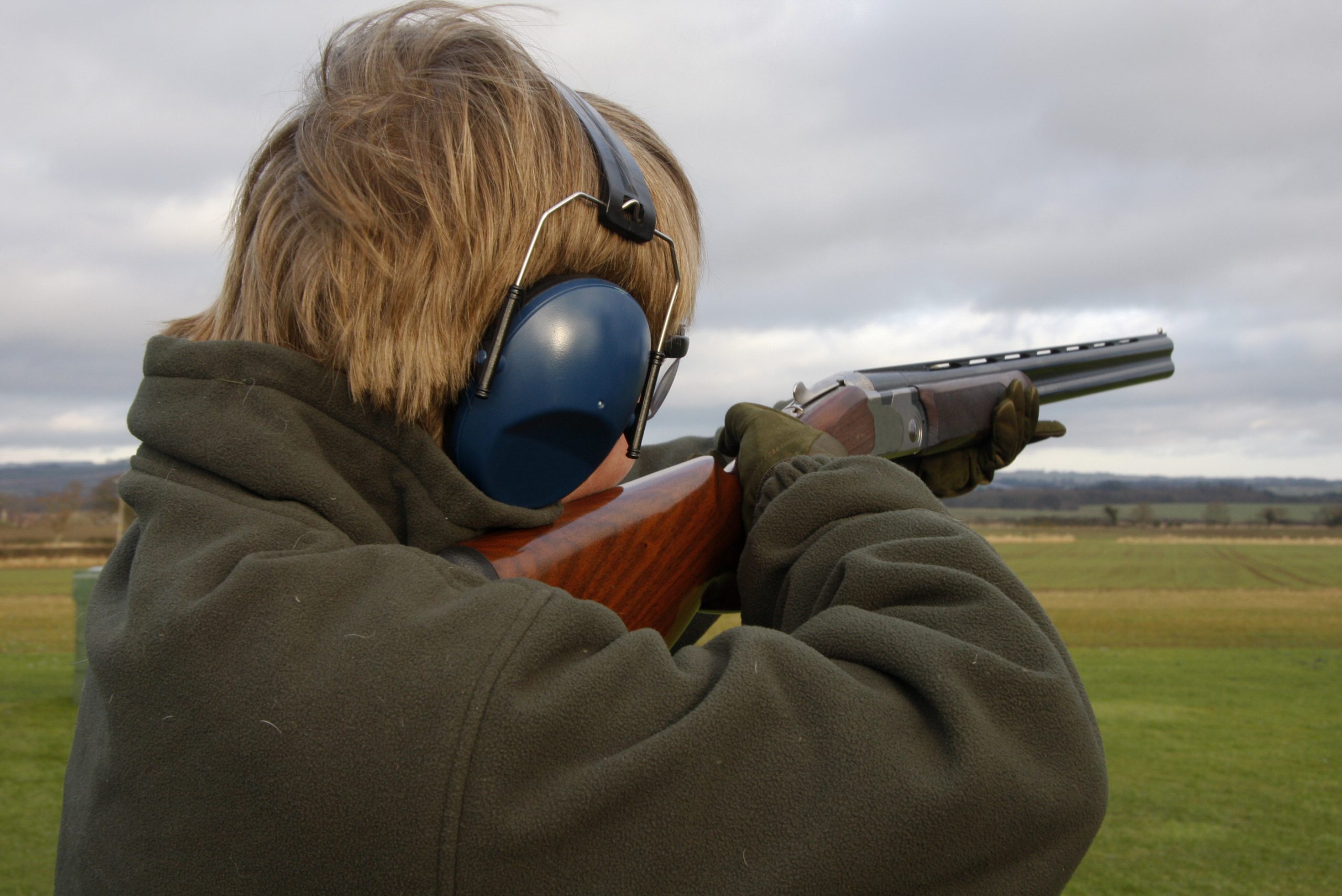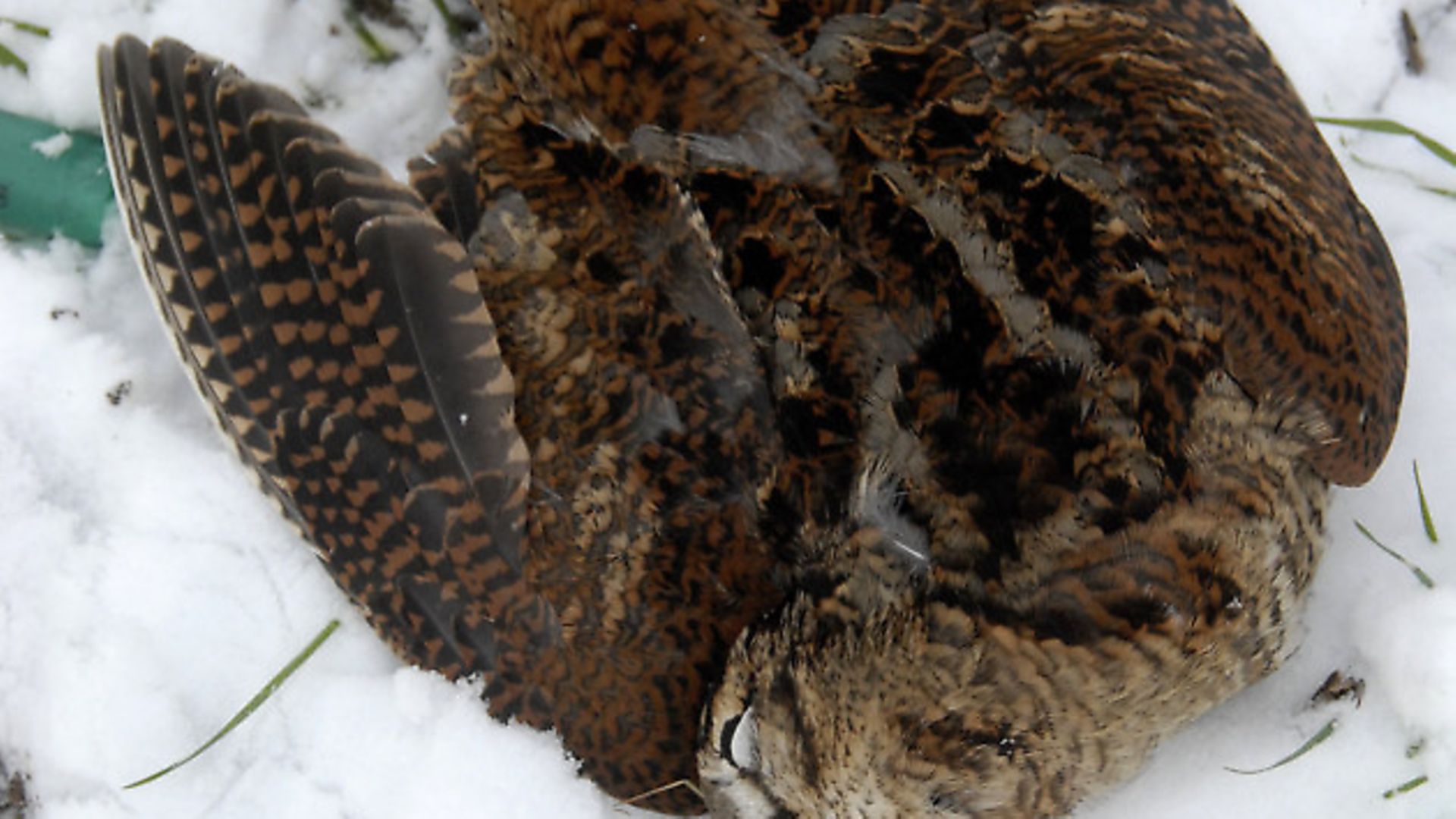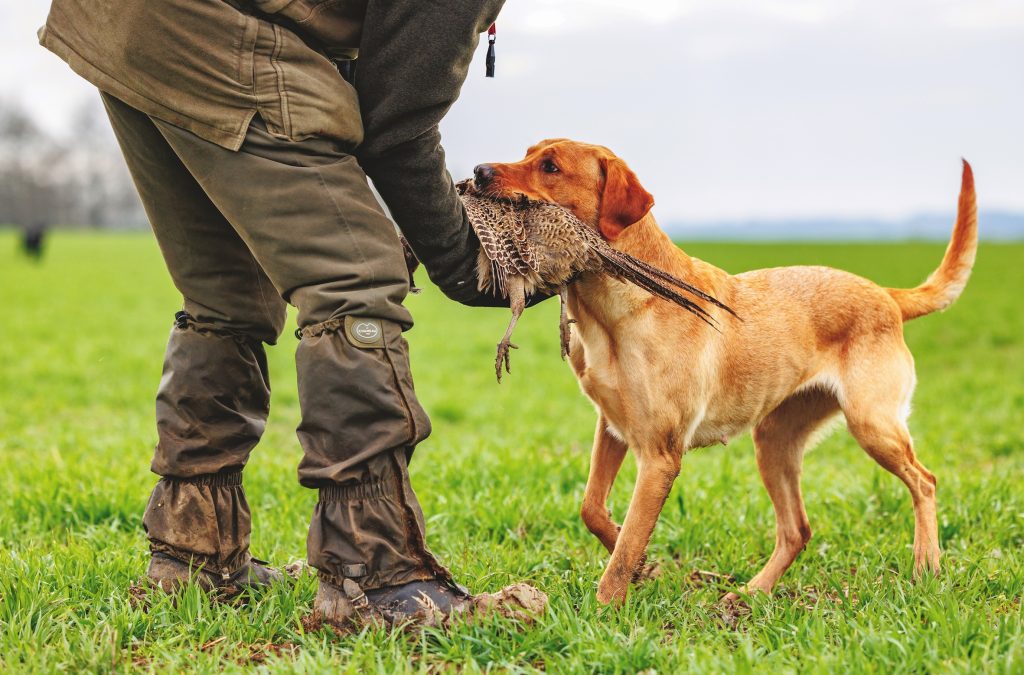Snap to it!
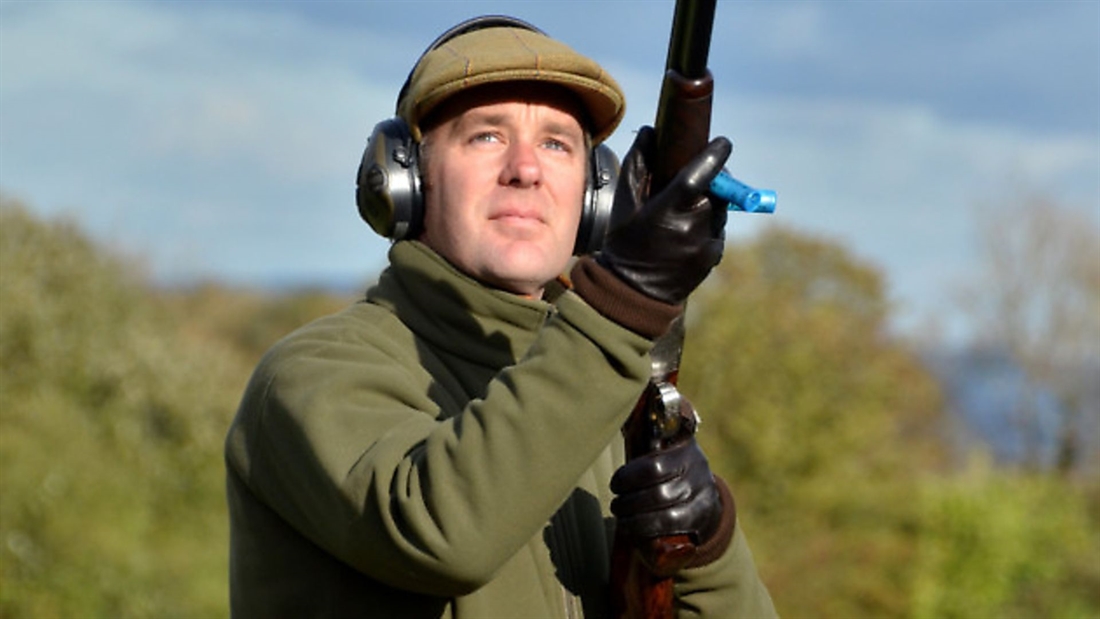
Richard Faulds explains how best to tackle the most unpredictable of gamebirds, the woodcock and the snipe
Like most people, I can still remember the very first woodcock that I shot, so great an impression do these wonderful birds make upon us. I have also been fortunate enough over the years to have had two opportunities to bag the holy grail; a left and right. I managed it on the first opportunity, but on the second occasion, things didn’t go quite as well…
Walked up
Many of these birds are shot on walked-up days, and as such, it’s worth touching on a few points that should always be considered, no matter what your quarry. Muzzle discipline is crucial, don’t ever be tempted to swing through the line and, as you may be taking low shots out in front of you, make sure you are always 100% aware of where everyone is before raising your gun. I consider 30g of 6 to be a good compromise shell for walked-up in that it has good pattern density though still has enough stopping power for those long second barrel shots. When tackling any walked-up game, be sure to take your shot when the bird is a reasonable distance out, else the dogs may struggle trying to pick up your woodcock ‘jigsaw’.
As for choke; ¼ and ¾ chokes with 30” barrels are a good combination for this kind of shooting – being quick enough for snap shots but not so long that the gun becomes too heavy to carry or proves difficult to swing in thick cover. A 20-bore is a sound choice for this kind of shooting.
Due to the ‘instant’ nature of walked-up shooting, it’s advisable to have your gun closed with the safety catch on, pointed in a safe direction and in a way that you can quickly shoulder it. However, there is no hard and fast rule, and if traversing very rough, muddy or steep ground, the gun should be open. Similarly, if you come across any obstacles, make sure you unload before negotiating them.
There really isn’t any secret technique to shooting walked-up woodcock. Quite often you may well hear the wings flap before you actually see the bird, especially in thick cover, while snipe usually announce their take-off with a shriek or two. Bear in mind that most walked-up shots are missed over the top, so if possible make sure your weight is on the front foot, keep your head down on the stock and aim to shoot the feet off of your quarry.
When to shoot
Trust your instincts and see it; shoot it. If you dwell too long on taking the shot, chances are you will miss. Don’t spring into action too quickly though, otherwise you risk shooting at it whilst your pattern is still very tight, with obvious consequences. There aren’t usually a huge number of shots on a walked-up day so make the best of any chances that come your way and use your fieldcraft skills to help create those opportunities. If possible, walk with the wind on your face; that way the dogs will have more scent to use in their favour, and if an unruly dog puts up a bird well in front it may well come back on the wind towards you. One useful hint when looking for snipe is to remember that they will always take off into the wind, so be mindful of that in the way you walk up areas where you suspect they may be.
If you shoot a bird and prick it with the first barrel, don’t hesitate to finish it off even if it might cost you a right and left, as in thick cover a runner may never be found. Such cover is a good place to find woodcock resting up after their night feed, though you might chance across them almost anywhere in woodland or along thick hedges. Snipe prefer wetter ground such as moor or marsh, though this season, wet ground seems to be pretty much everywhere!
Driven
The chances are that you will be stood on the peg with whatever gun/cartridge combination you happen to have chosen for your quarry, whether it be pheasant or partridge – unless, of course, you are fortunate enough to be on a woodcock drive, in which case I would opt for 28g 7s through ½ and ½ chokes. Upon hearing the shout “Woodcock!” even experienced shots can forget themselves and get caught up in the excitement of bagging a woodcock as it flits along at head height. This can lead to shooting too low, through the line or in the direction of beaters or pickers up. So keep your head and focus firmly on safety!
If you do shoot a woodcock with your first shot, don’t open the gun immediately but instead look for a second bird and that chance at membership of the Woodcock Club. There is really no predictable flight path of these birds, hence why they are such a challenge. All you can do is literally take a snap shot, unless it’s one of the very rare occasions that they fly straight and level, in which case be wary of overleading them as they don’t tend to be moving too rapidly.
Snipe are a rarity on a pheasant drive but there are a few places around the country that offer driven snipe days. These make devilishly tough targets and very rarely fly straight for very long so again, trust your instincts and try not to hesitate for too long.
Both of these gamebirds offer fantastic sport and for most of us the opportunity to shoot at more than a handful of them each year signifies a very good season. So when you do get the chance, relish it and the challenge it provides. Few things in the shooting world are more memorable – and that’s before we even mention how good they are to eat!
Pictures: Don Brunt

